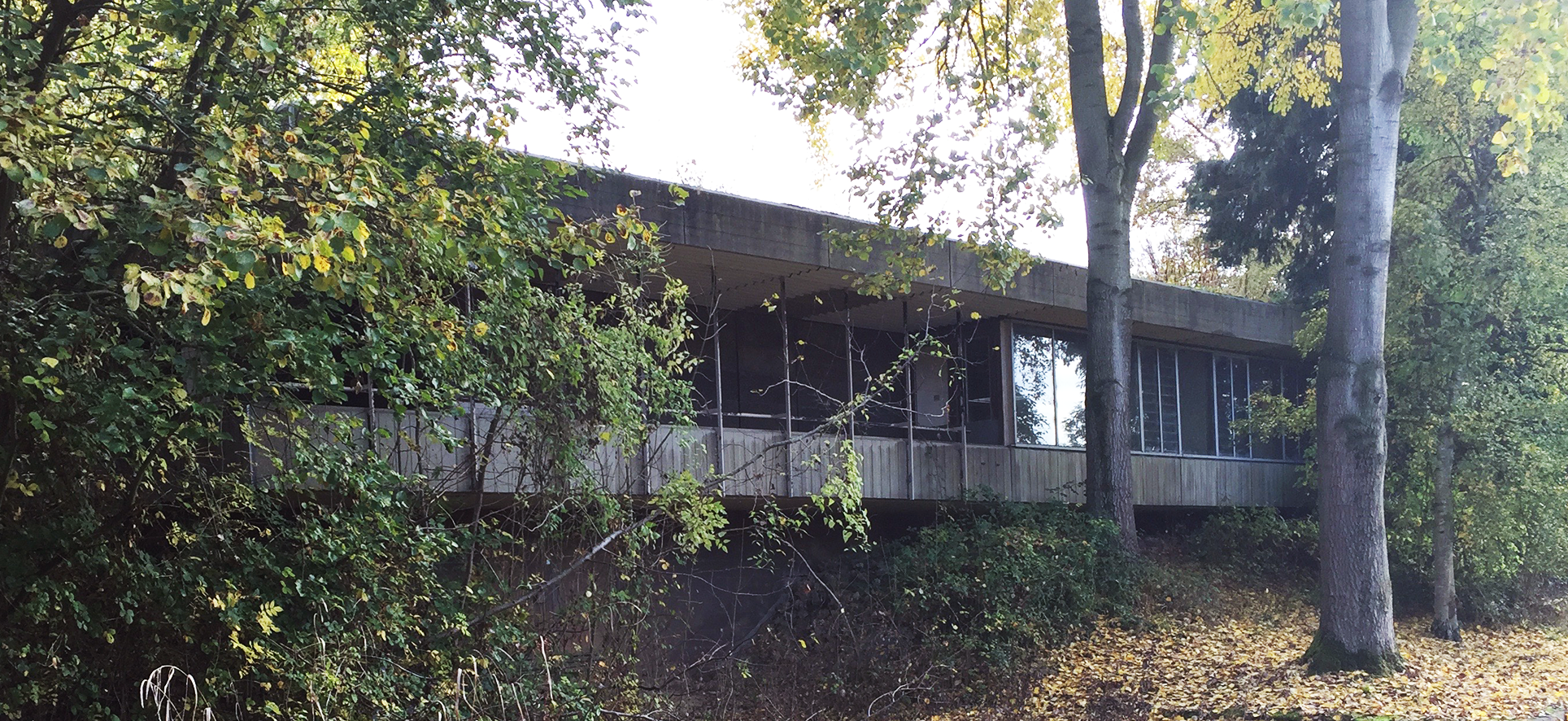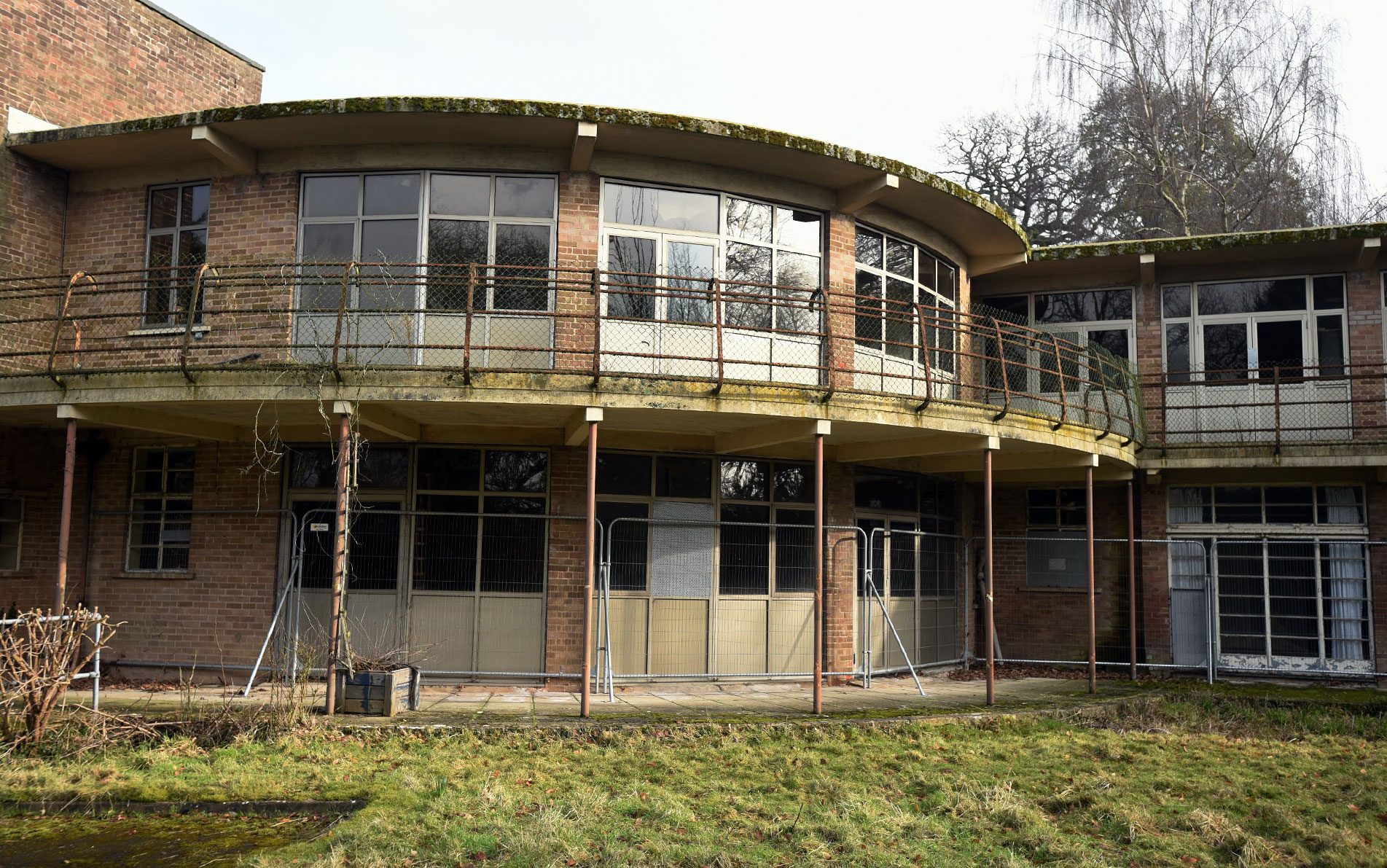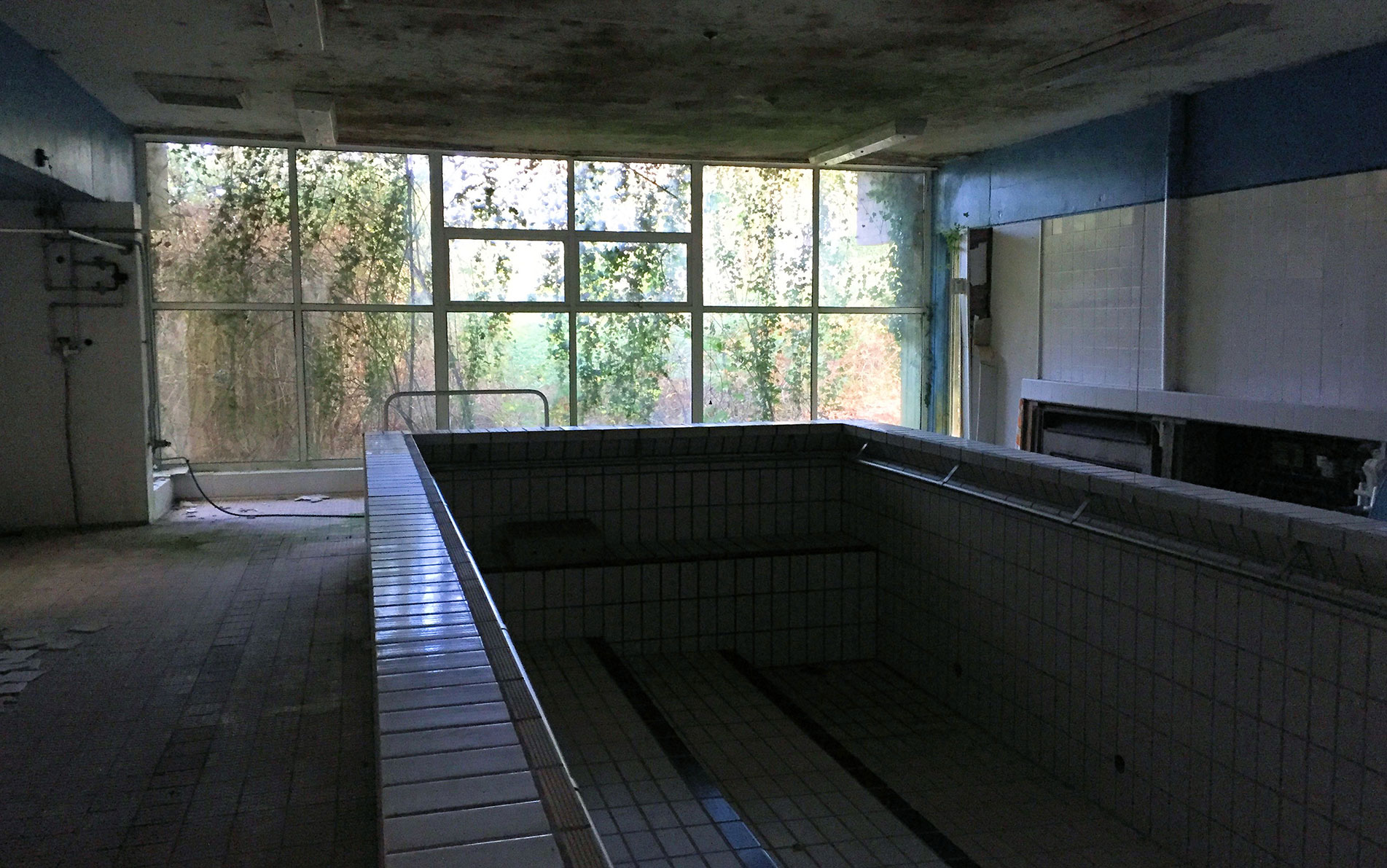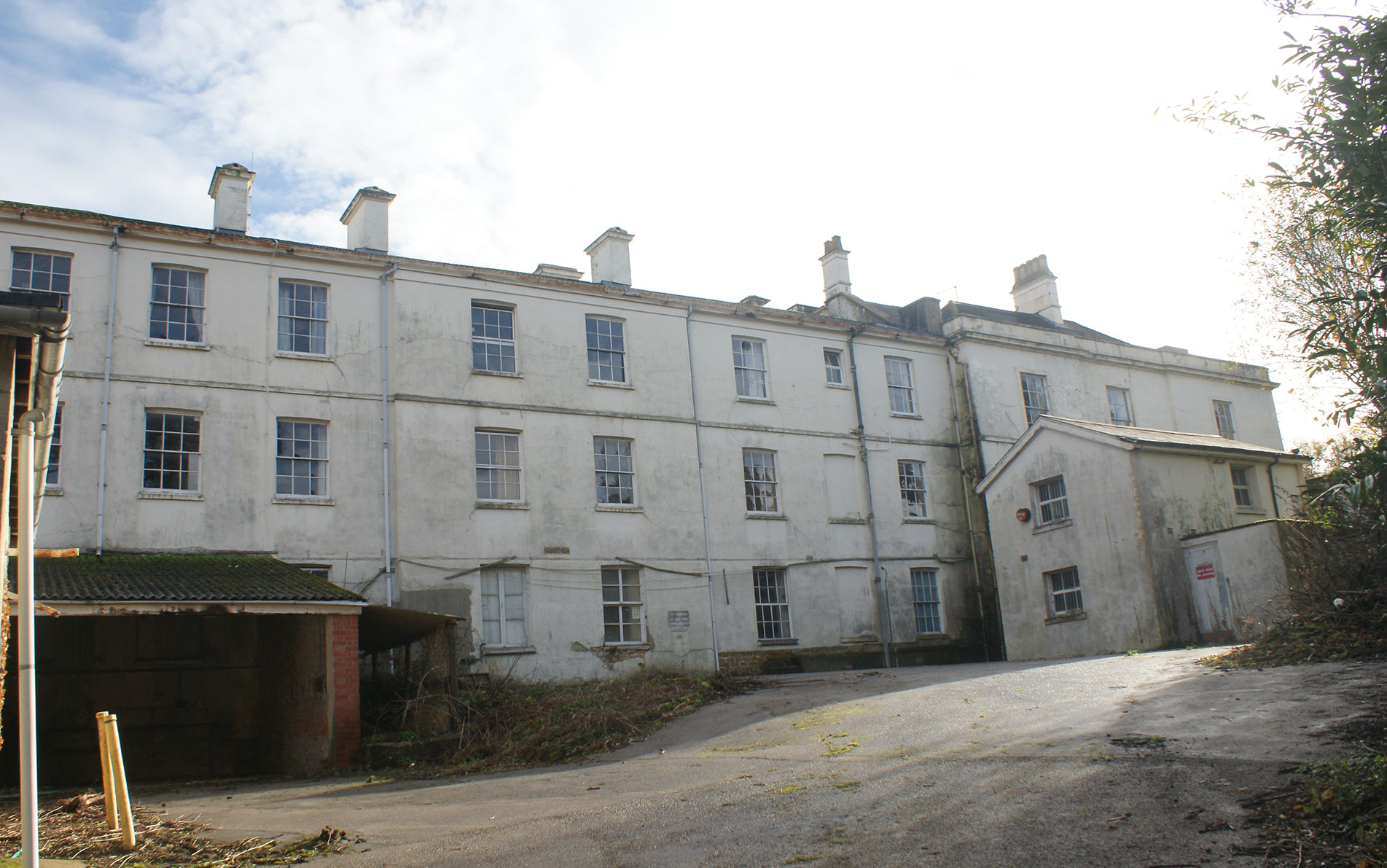IMPORTANT HERITAGE BUILDINGS SAVED IN STROUD
19
STANDISH ESTATE PURCHASE
32-acre site near Stroud within the Cotswold Area of Outstanding Natural Beauty.
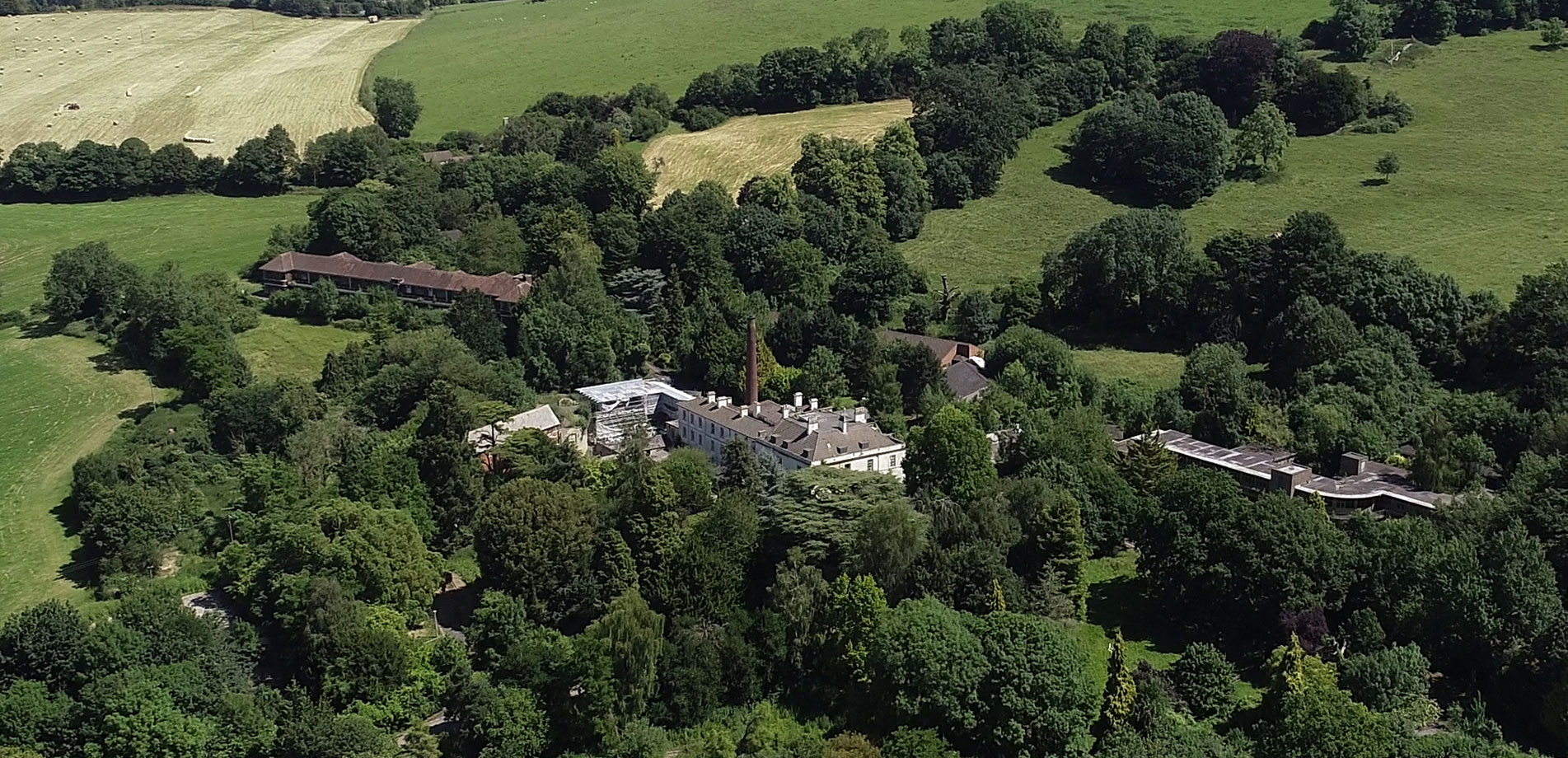
We have just completed the purchase of the Standish Estate, a beautiful 32-acre site near Stroud in Gloucestershire within the Cotswold Area of Outstanding Natural Beauty.
At the heart of this glorious wooded estate are a cluster of historic buildings that span the centuries, including a Grade 2 listed Georgian manor house. The estate was most recently used as a hospital and other buildings include two Art Deco style ward buildings and a distinctive hydrotherapy pool house.
The main hospital closed in 2004 and earlier this year we received planning permission to convert the existing buildings into 48 homes and within the grounds will build some brand new homes designed specifically for this unique location.
We will also be making extensive improvements to the grounds including new footpaths and improved open spaces to make the most of the unique mature landscaped and incorporating a range of ecological habitat improvements, including new homes for rare species of bats.
Director James Woodmansee said: “We are very pleased to now be in a position to start work to save these important heritage buildings and give them new purpose, using our experience in dealing with complex sites where creative solutions are required.
“While the site has a number of complex constraints, the unique setting with hundreds of mature trees and stunning views over the open countryside, combined with a group of heritage assets on a scale rarely seen in the UK, provide the foundation for an exceptional development.
“It has taken many of years of hard work to get to this point, working closely with Homes England and the 2gether NHS Foundation Trust, our team of designers and consultants, Stroud District Council, the local Parish Councils and local residents. We were delighted that the efforts to strike the delicate balance between providing a long-term future for the heritage assets and minimising impact on the special setting were recognised by the planning committee members with their unanimous decision.
“After being boarded up for more than a decade, the buildings are in a poor state of repair and were in danger of being lost forever. We will use all our skills and expertise, learned over four decades, to bring them back to life and create a truly stunning development that respects this unique and beautiful location.”
Standish House, together with its adjoining stable block, will be converted to 20 grand houses and apartments, and the two distinctive Art Deco style ward buildings will be converted to 26 properties. The hydrotherapy pool building, which was previously considered for demolition, will be converted into two properties.
Ranged across the site the 99 new build homes, from two-bedroom starter homes to larger family semi-detached and detached houses, will provide a diverse range of properties each designed specifically for the site.
